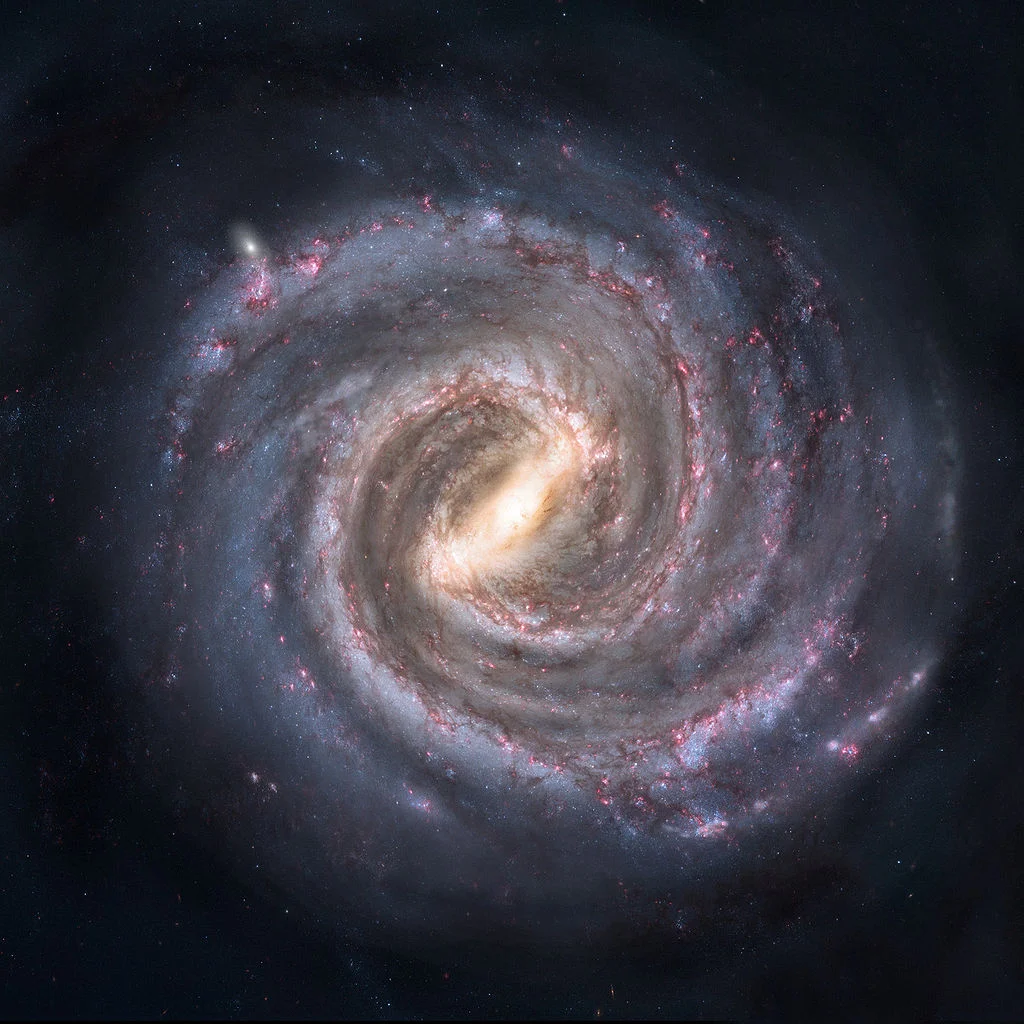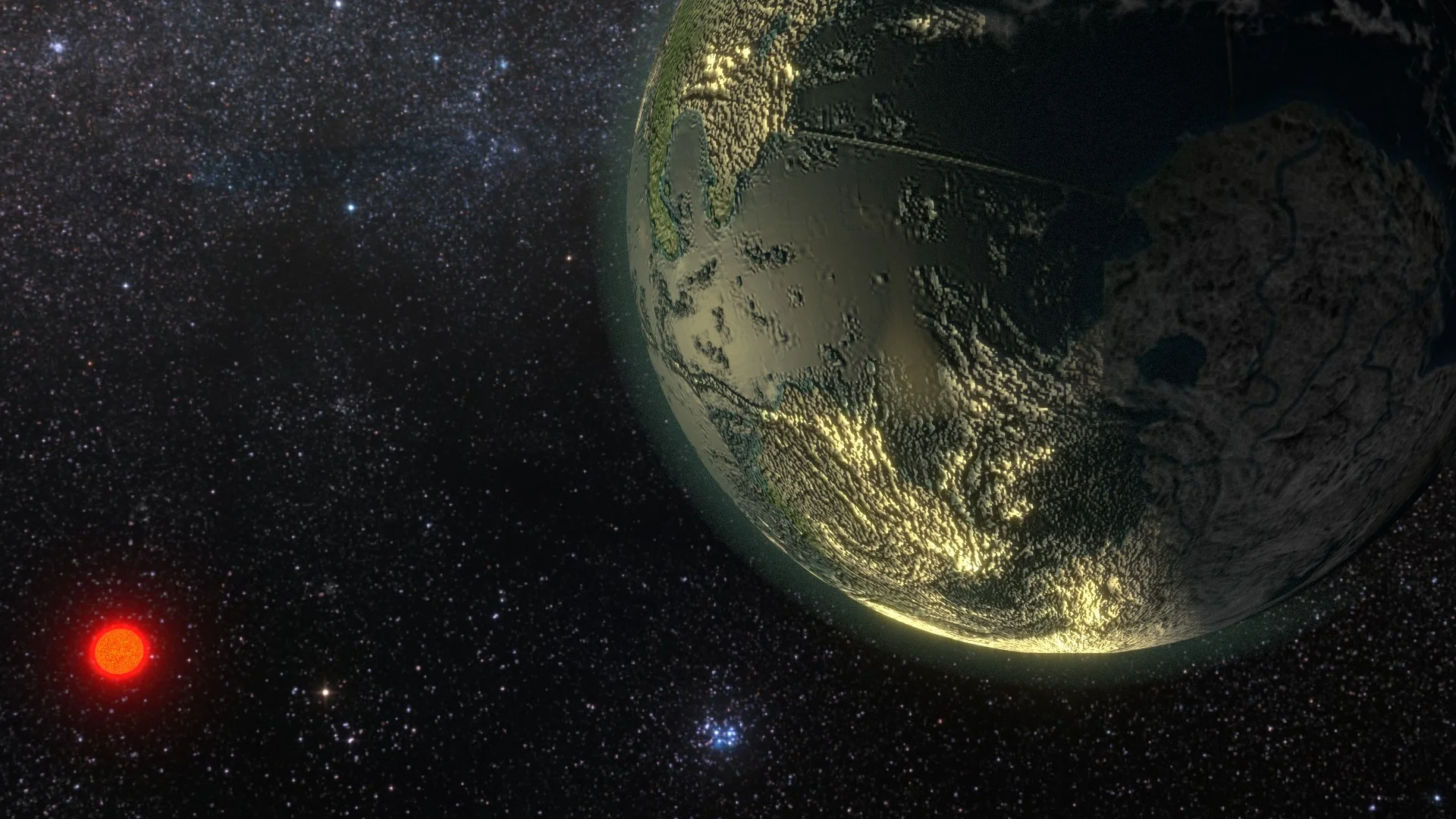The Milky Way galaxy—our home galaxy—is a grand assemblage of over one-hundred billion stars that spans one-hundred thousand light-years across space. But that isn't all that there is in our galaxy. Enormous clouds of gad and dust float in between the stars; this is called the interstellar medium. Mapping the Milky Way and understanding its size and composition was made possible by advances in astronomy. Techniques such as stellar parallax and the use of a class of stars known as Cepheid variable stars made it possible for astronomers to measure vast distances across space. Despite this it was still very difficult to make some long-range distance measurements across the galaxy because the interstellar medium blocks out so much visible light; the advent of infrared astronomy, however, circumvented this issue and made it possible for 20th century astronomers to determine the size of the Milky Way.
Quasars
In this article, we'll discuss the history behind the discovery of one of the most exotic and remarkable objects ever discovered in science—a quasar. Quasars consist of an accretion disk made of ultra-hot gas and dust surrounding a supermassive black hole; two immense strands of super-heated plasma extended in a direction perpendicular to the disk for millions of the light-years through the mostly empty void of intergalactic space. Quasars were ubiquitous in the early, young universe and were located at the center of most galaxies; but today, most quasars are gone because all of the matter comprising the accretion disk eventually got gobbled up by the super massive black hole. For example, our home galaxy—the Milky Way—now only has the left-over remnant of a quasar at its center—a super massive black hole.
The Diversity of Exoplanets in the Galaxy
In this lesson, we’ll give a brief catalog of the various different classes of planets in the universe. We'll discuss Pulsar planets, hot Jupiters, Super Earths, ice and water worlds, archipelago worlds, diamond worlds, and rogue planets. Most of the planets we’ll be discussing were discovered using the Kepler Space Telescope and the transit method. We once believed that the formation of planets was rare and that there probably weren’t many planets beyond our solar system. We couldn’t have been more wrong.
Drake's Equation and Searching for Life in the Milky Way
In this lesson, we’ll discuss the prospect of life in the Milky Way galaxy beyond the Earth. We'll begin by discussing the speculations made in a paper written by Carl Sagan about the possibility of life in Jupiter's atmosphere. From there, we shall derive a formula which describes the habitable zone of a star. Using this formula and data obtained by the Kepler Space Telescope, we can estimate the total number of "Earth-like" planets in the Milky Way. From there, we discuss the fraction of those planets on which simple and intelligent life evolve; then we'll discuss the fraction of those planets on which advanced communicating civilizations evolve and what fraction of those civilizations are communicating right now.




